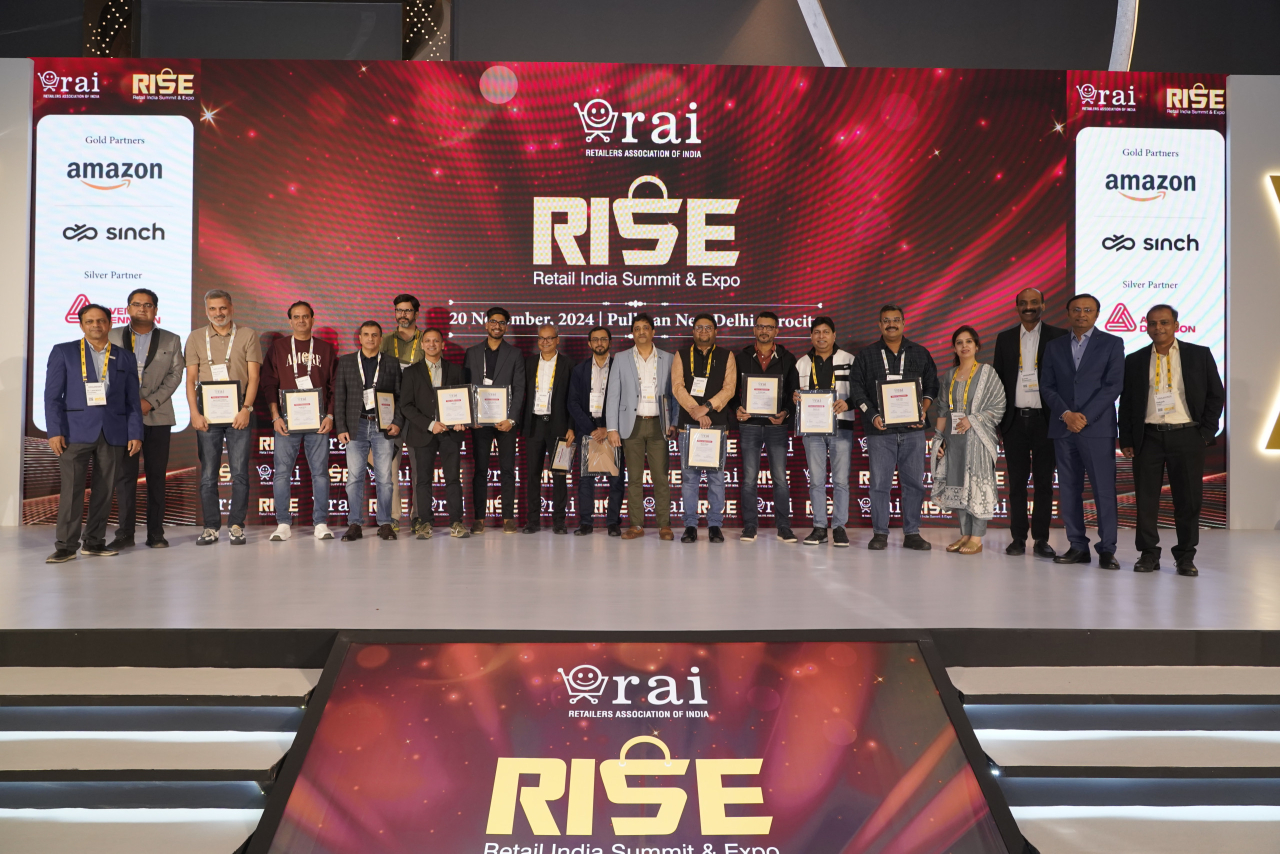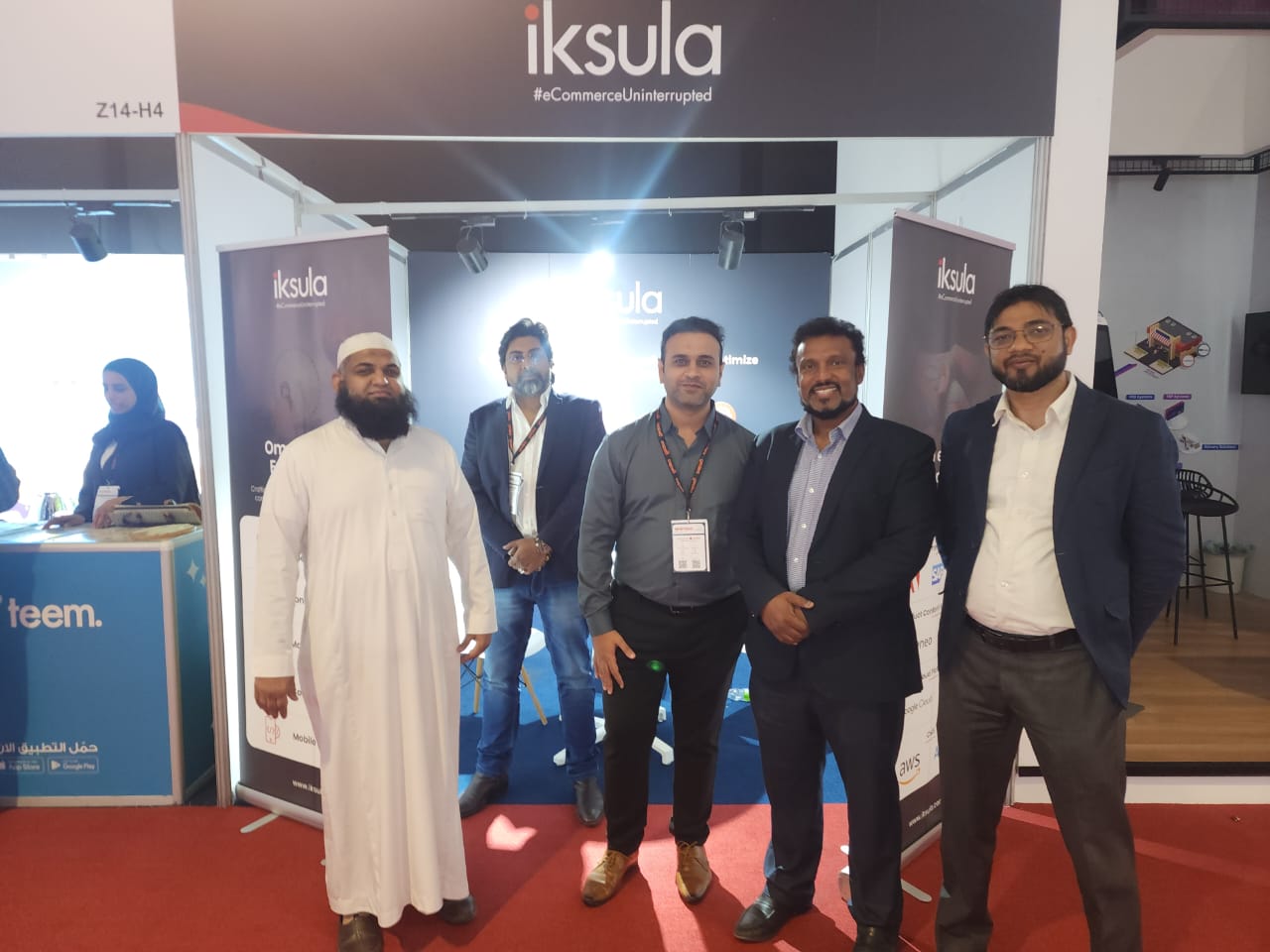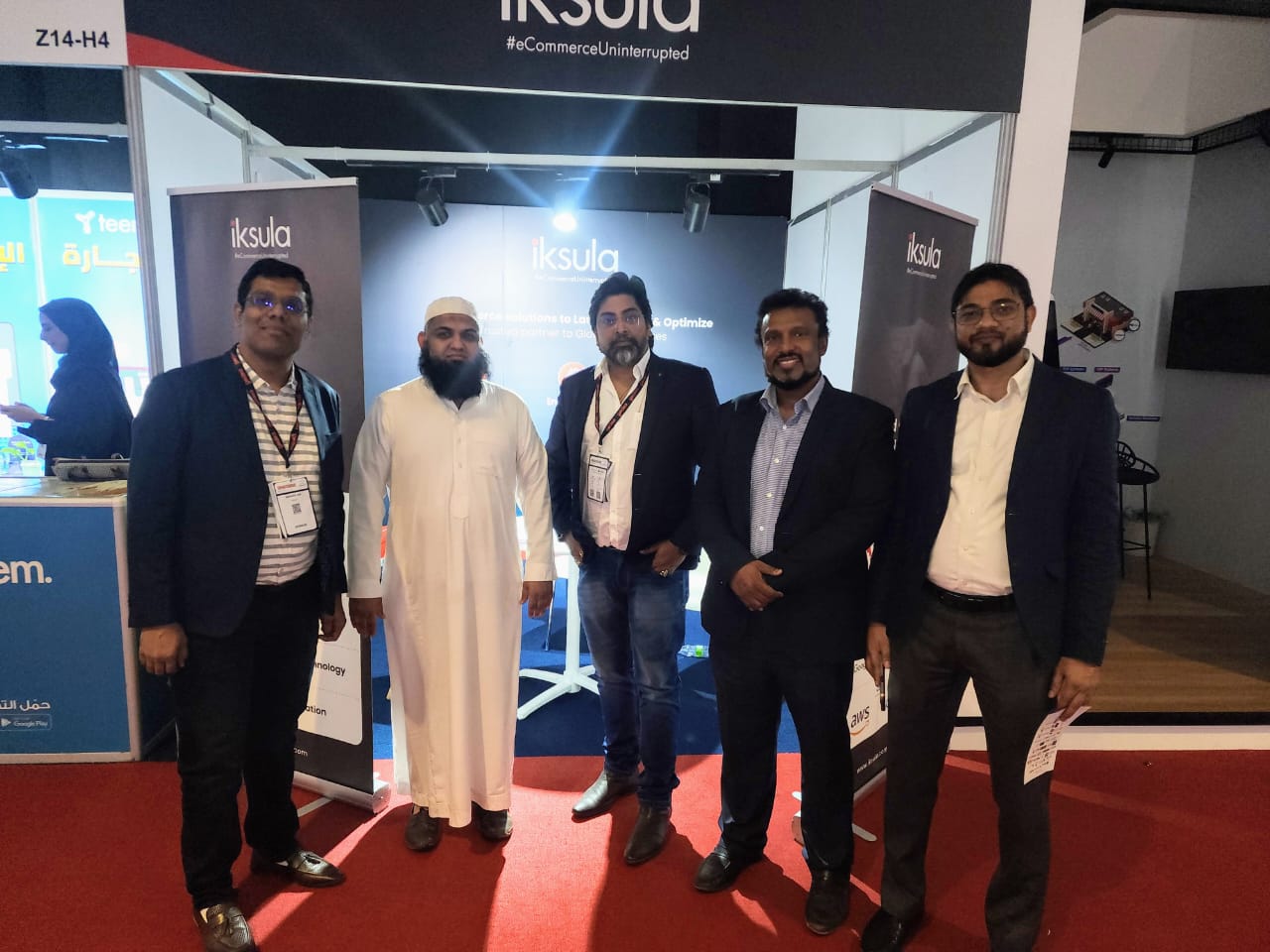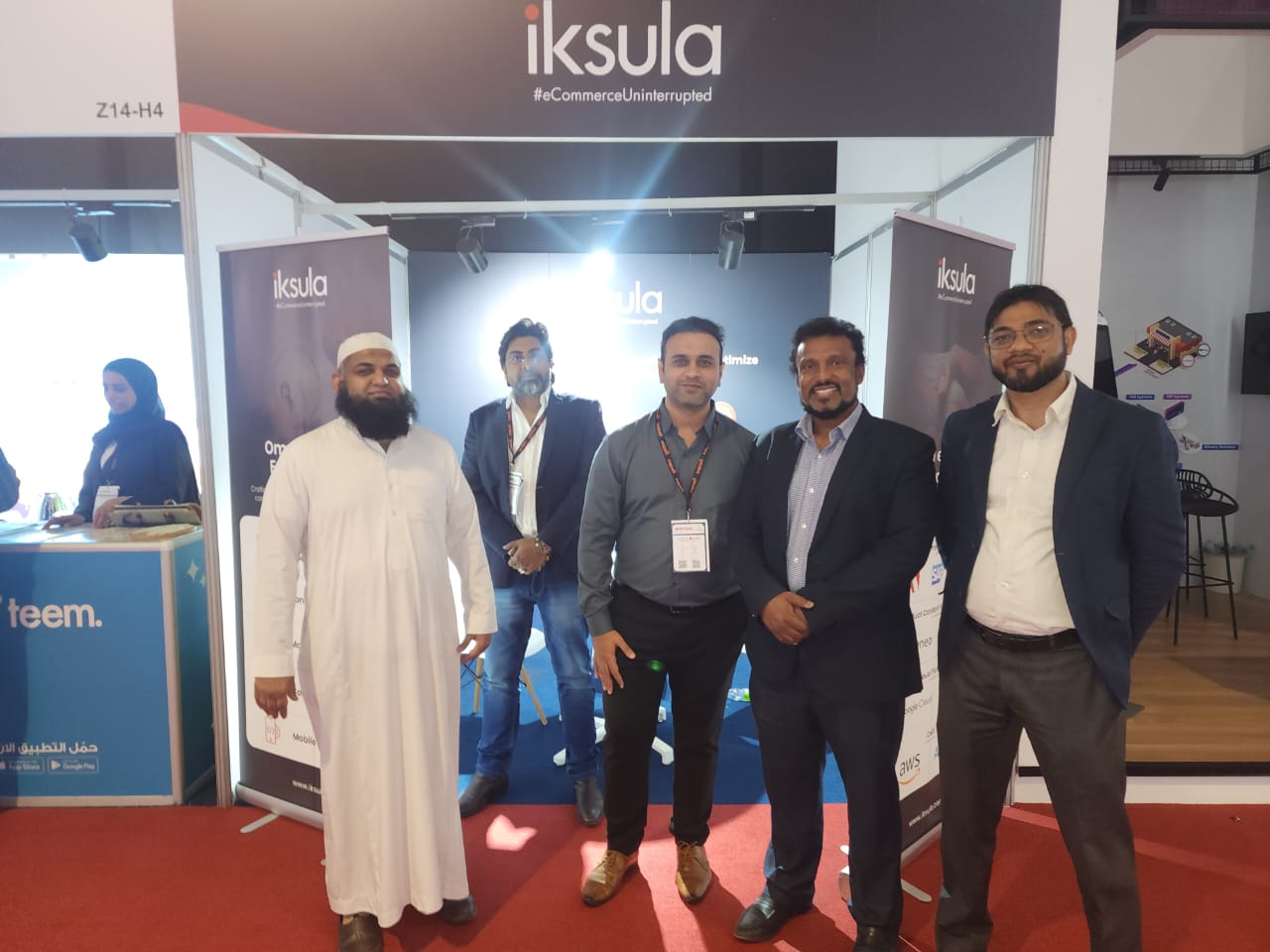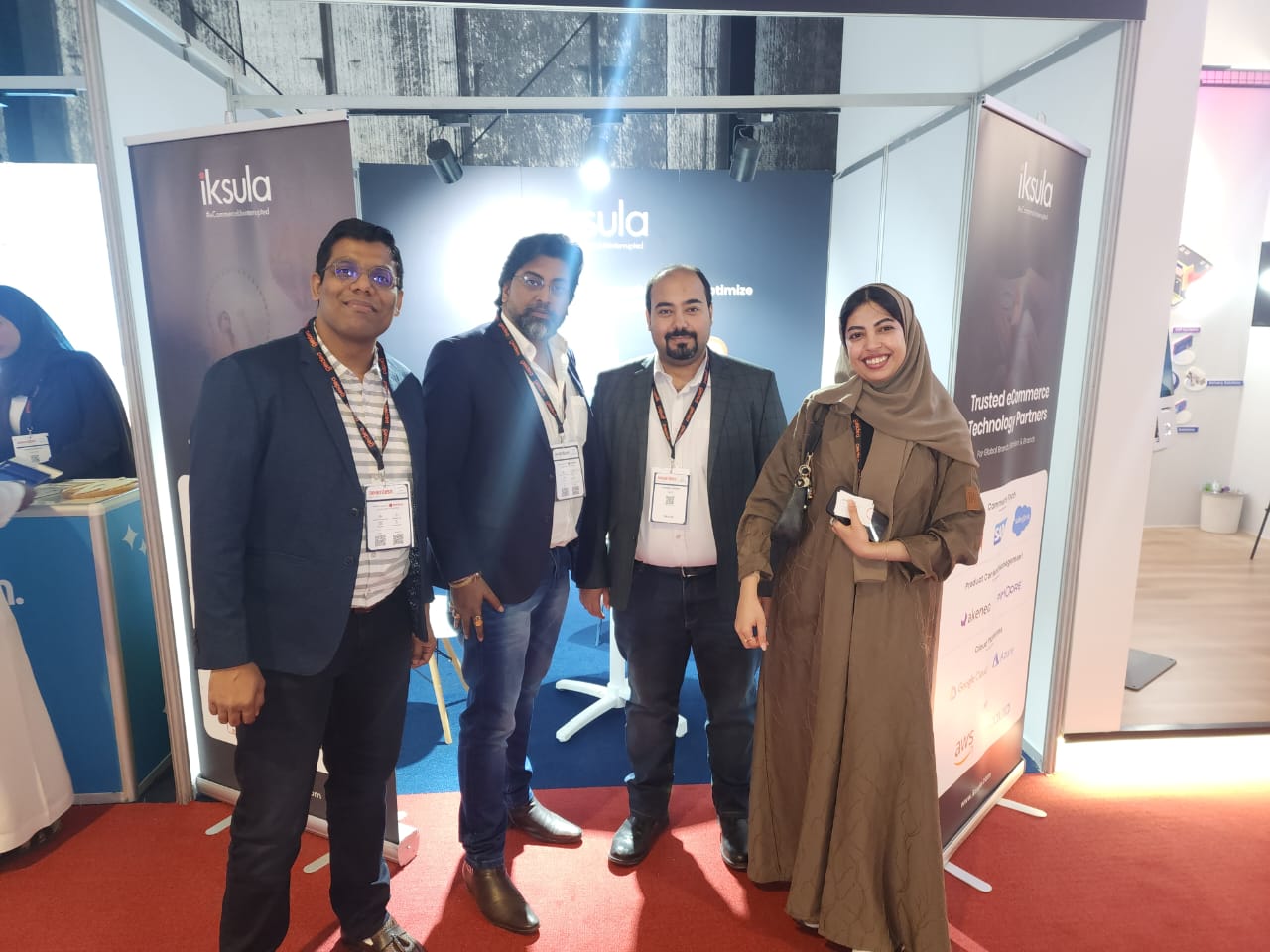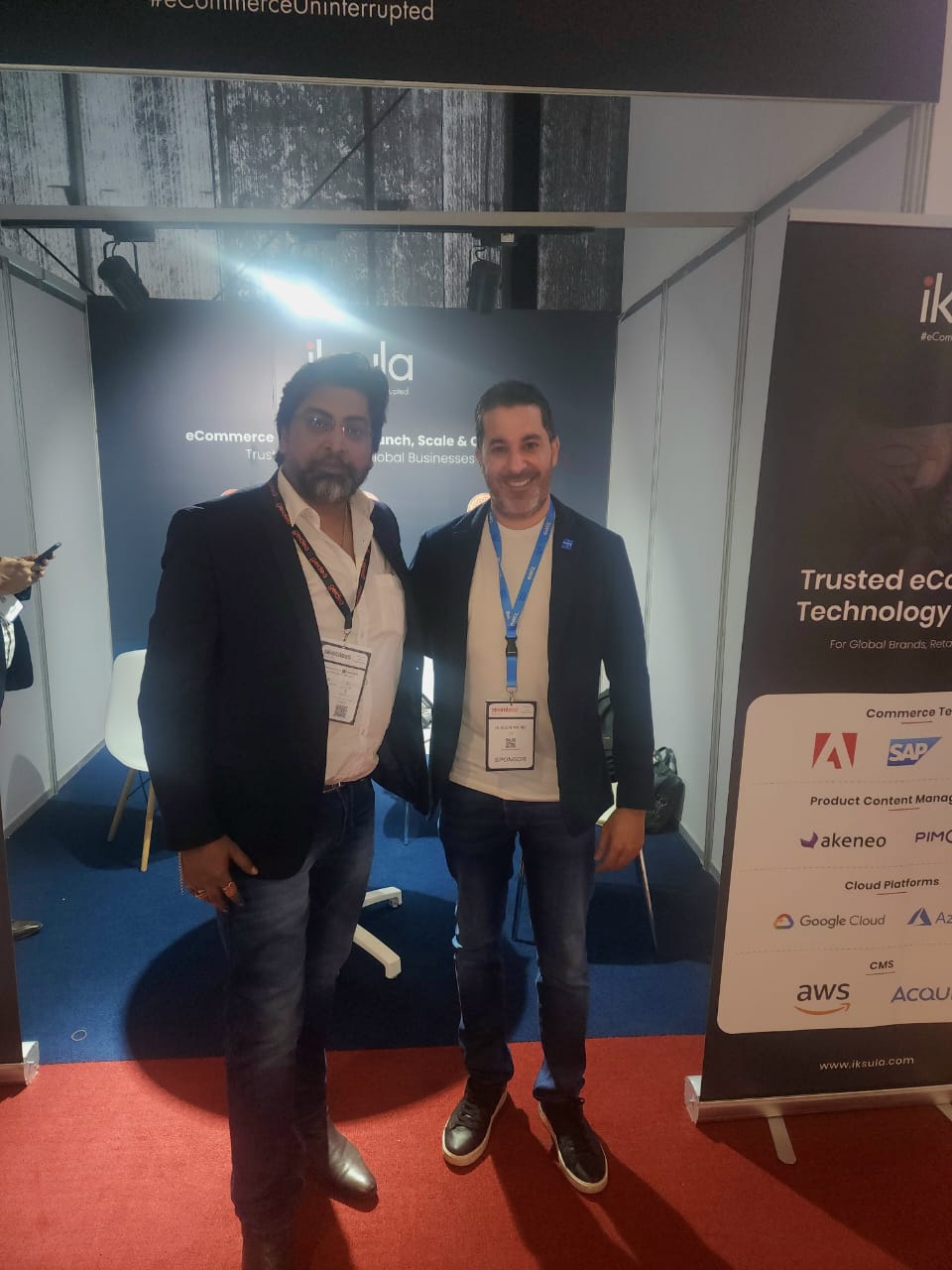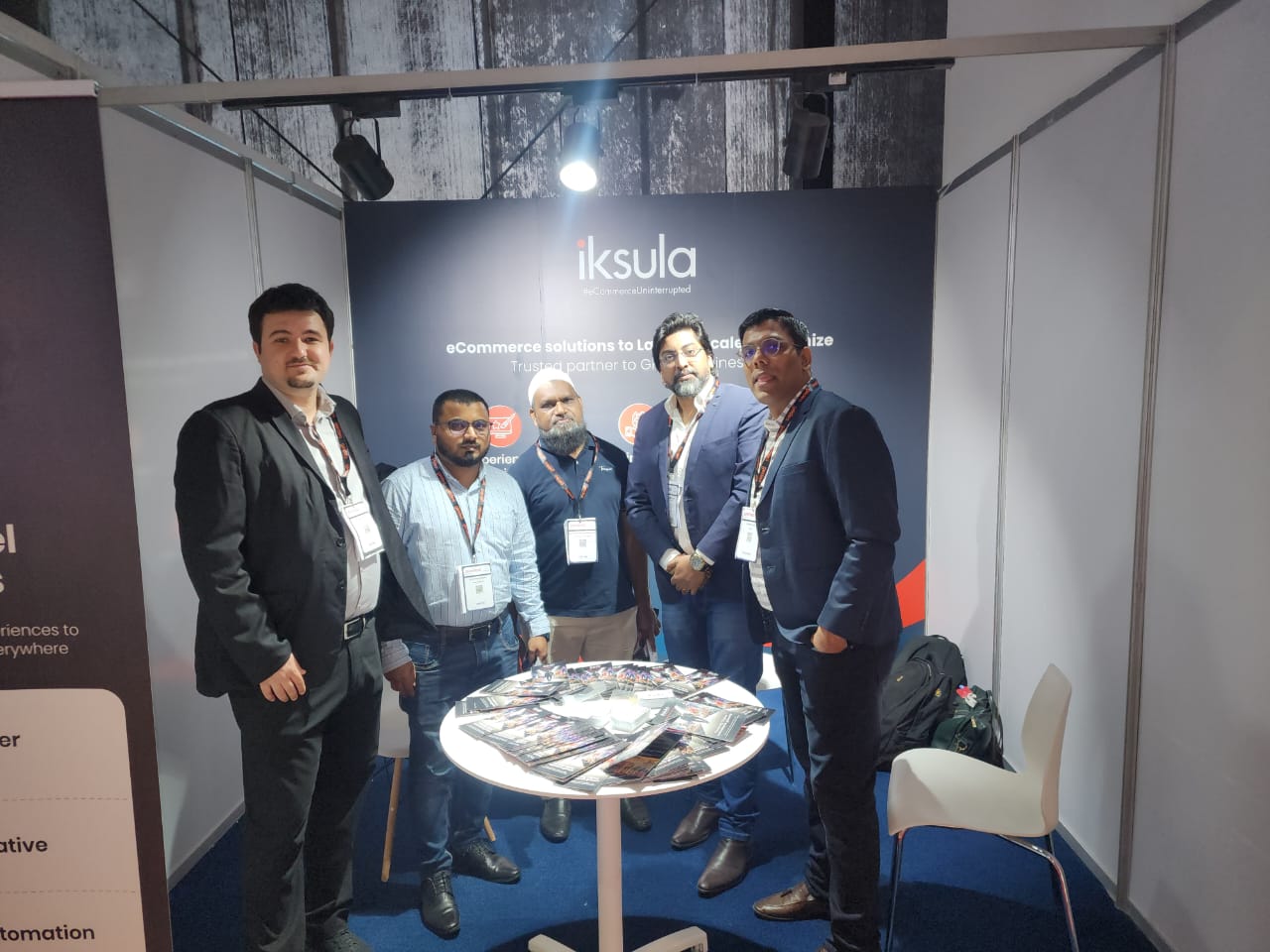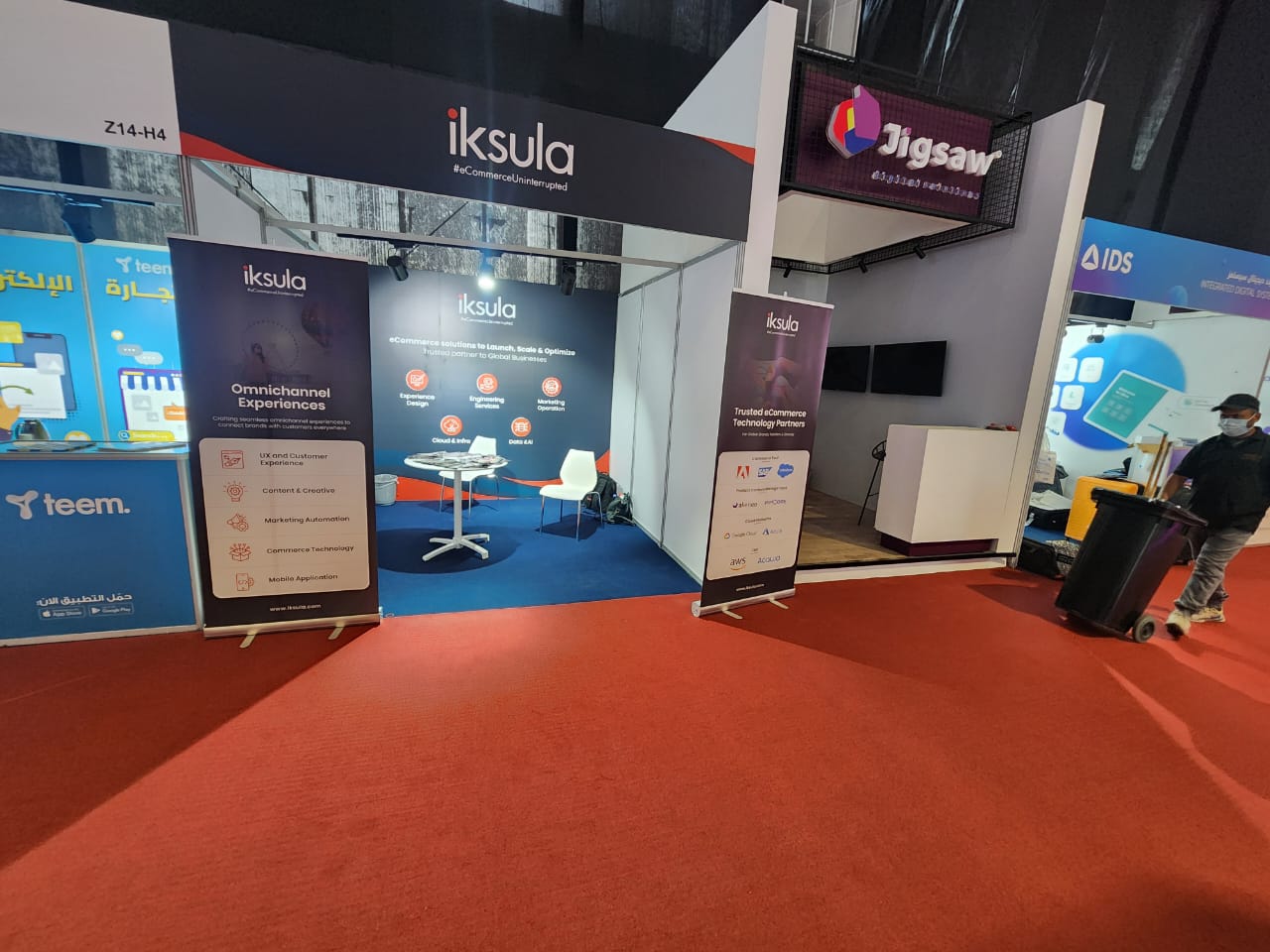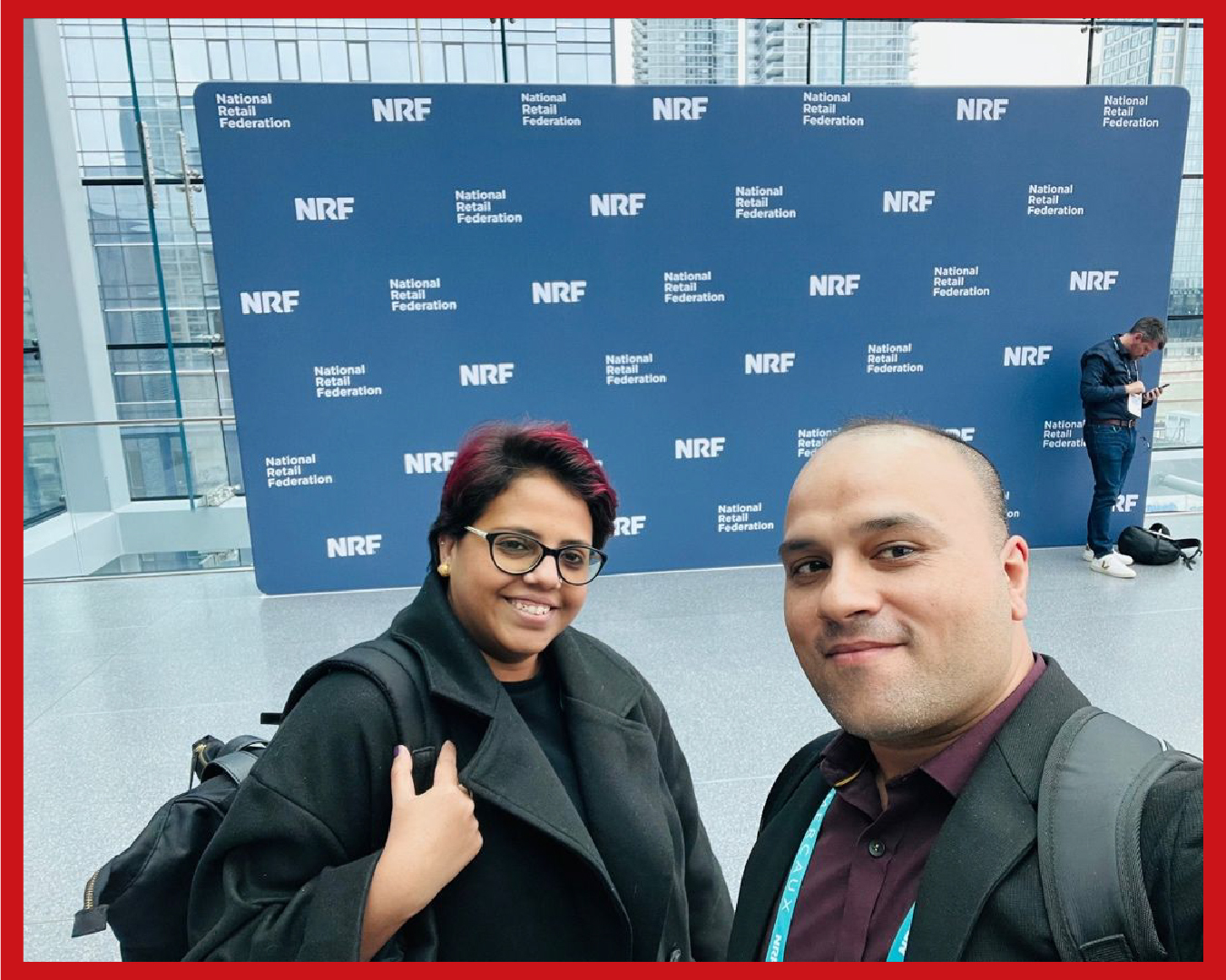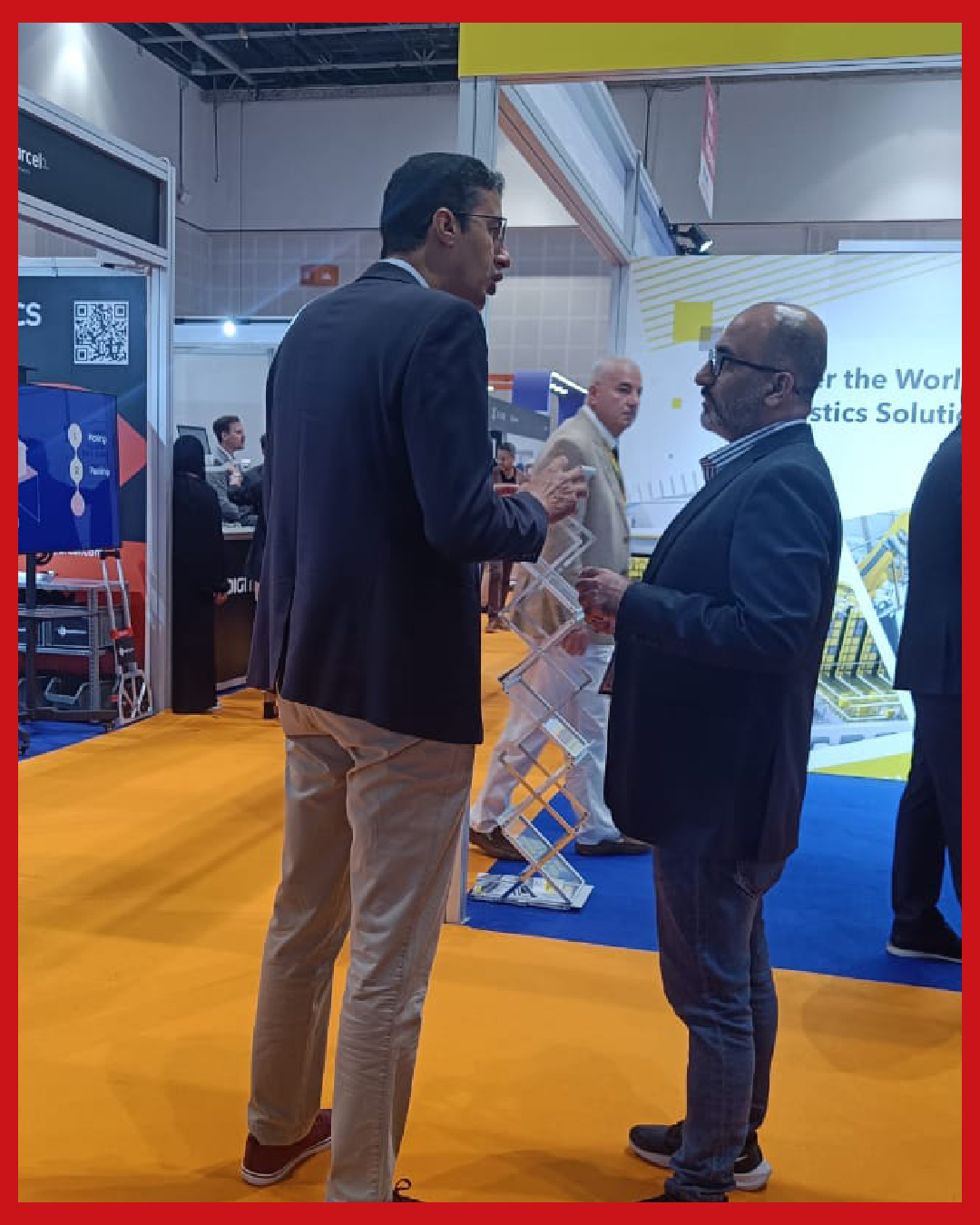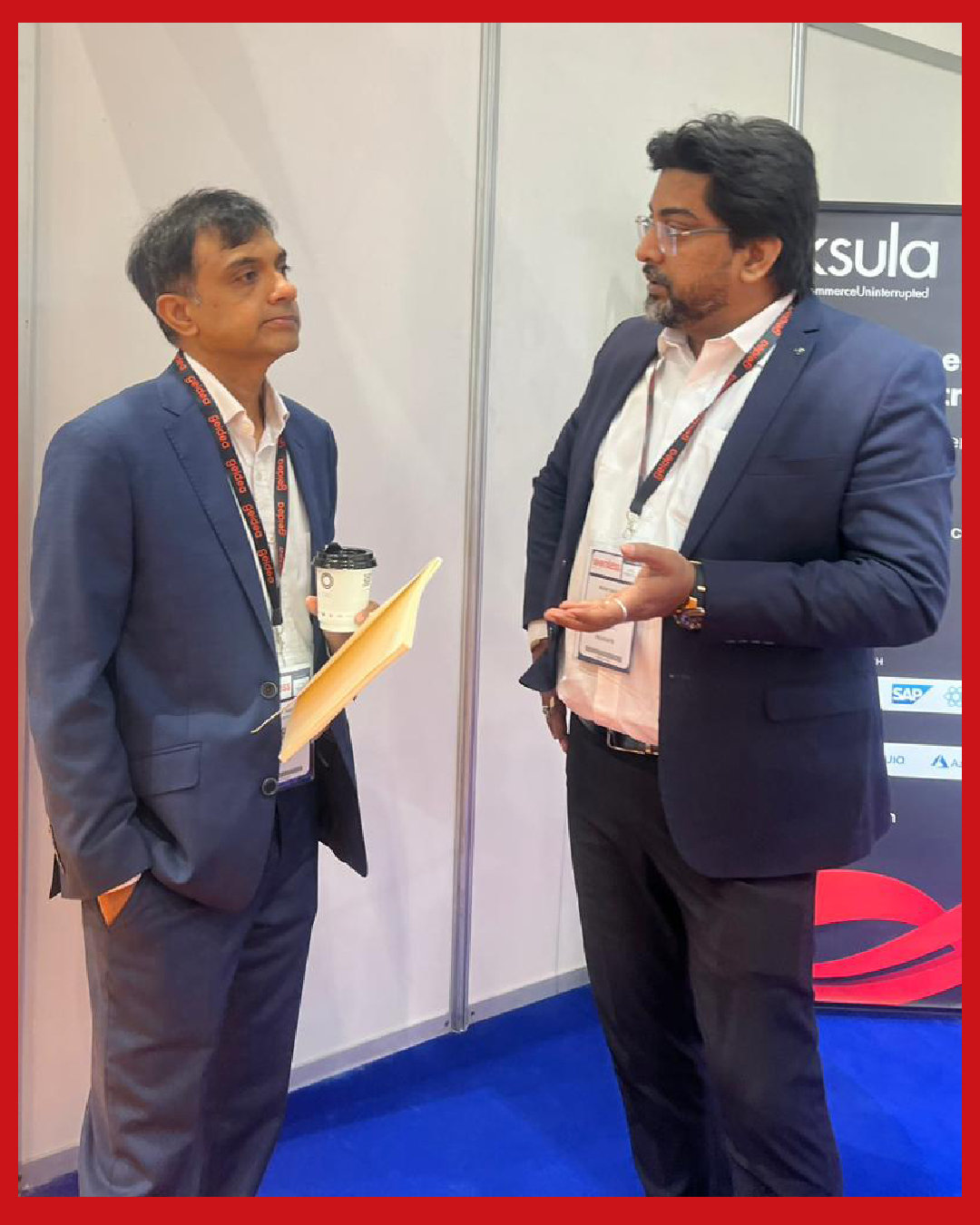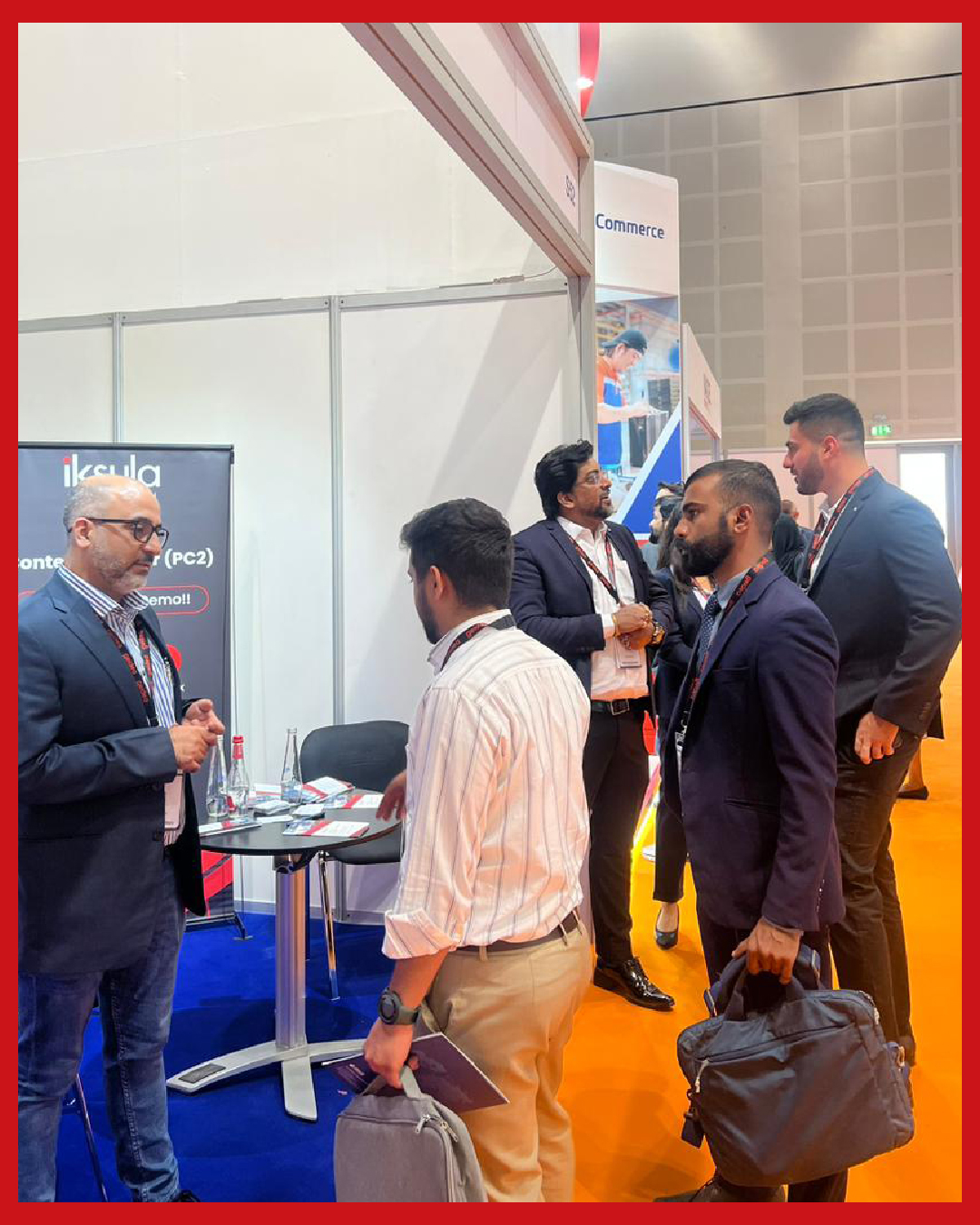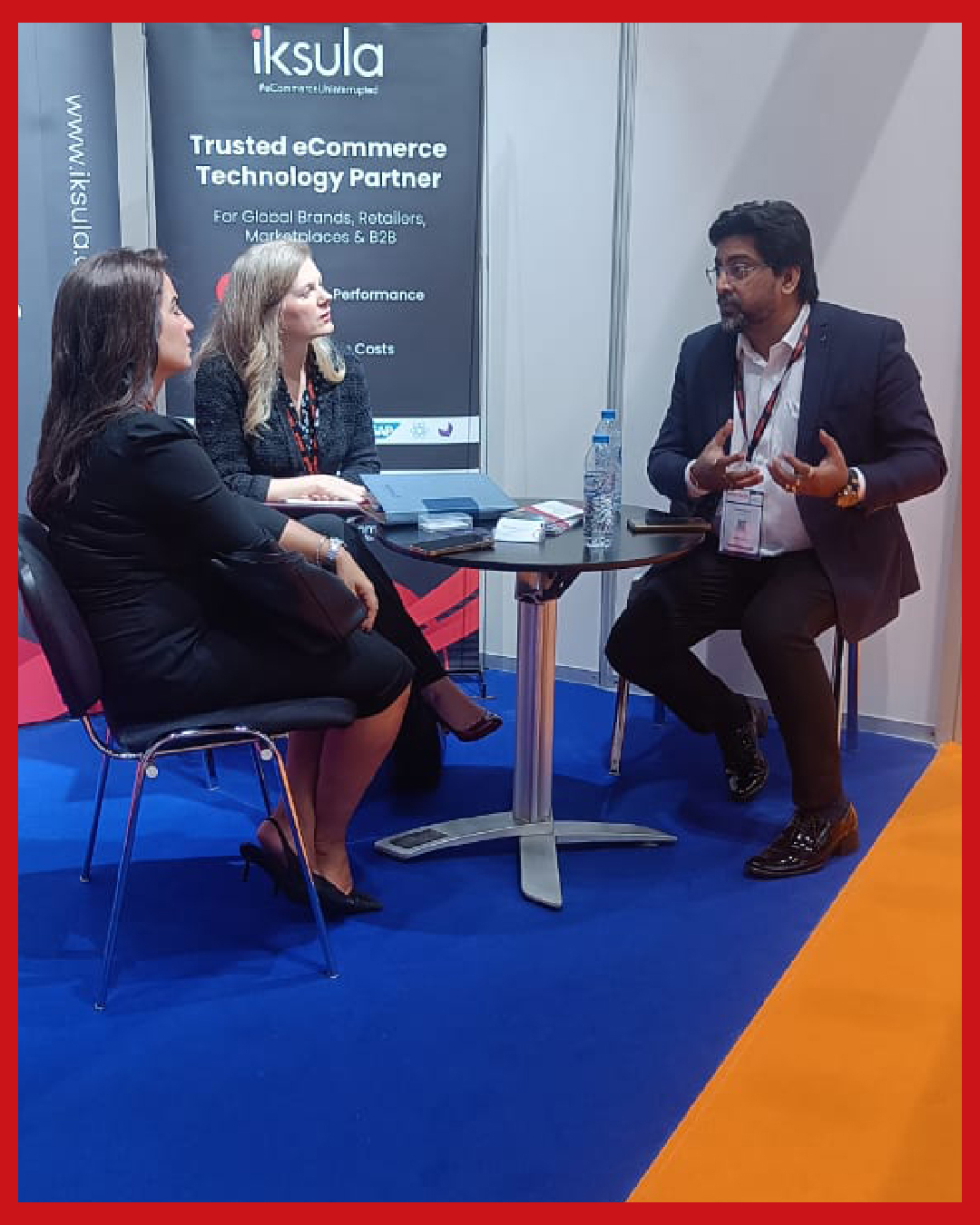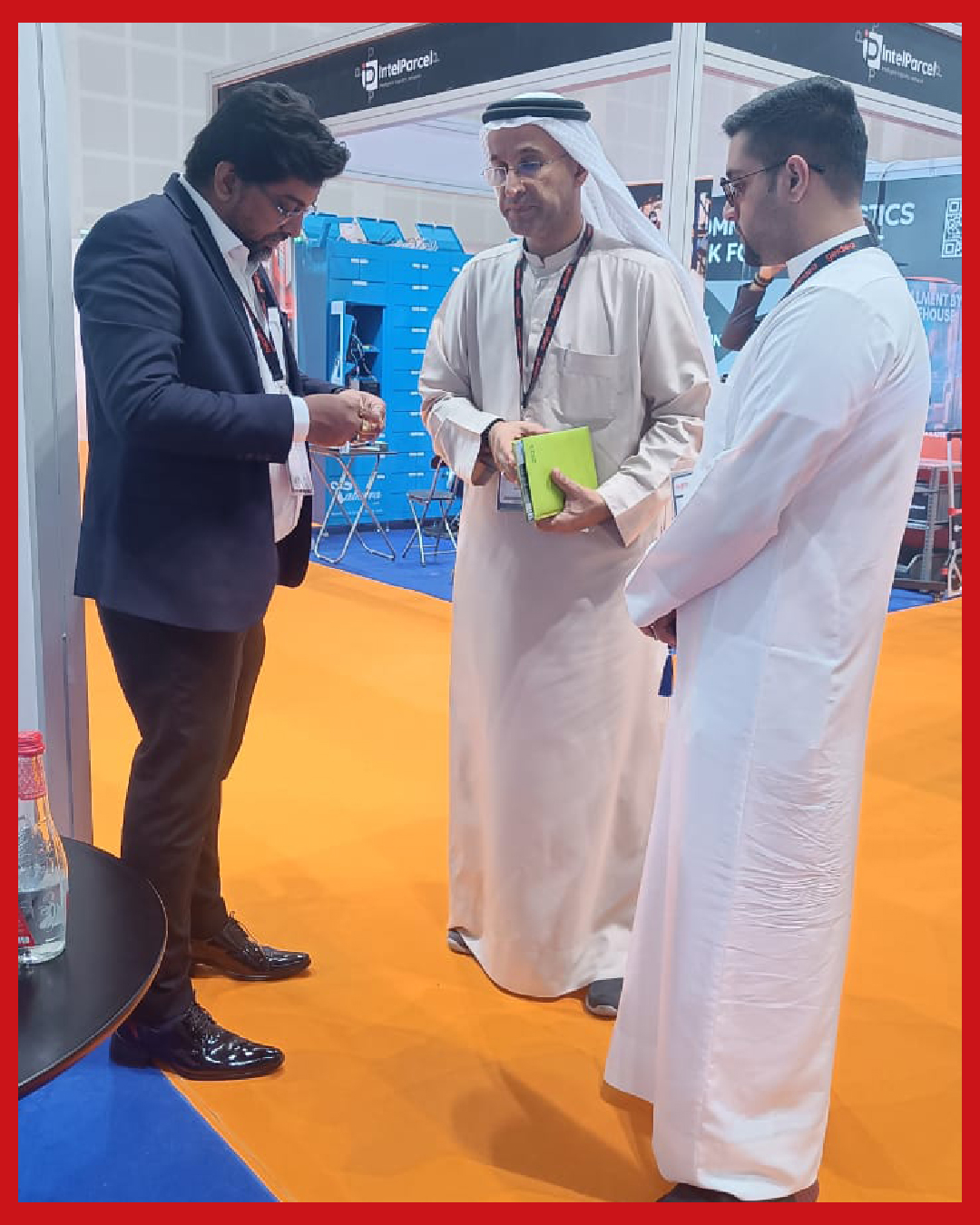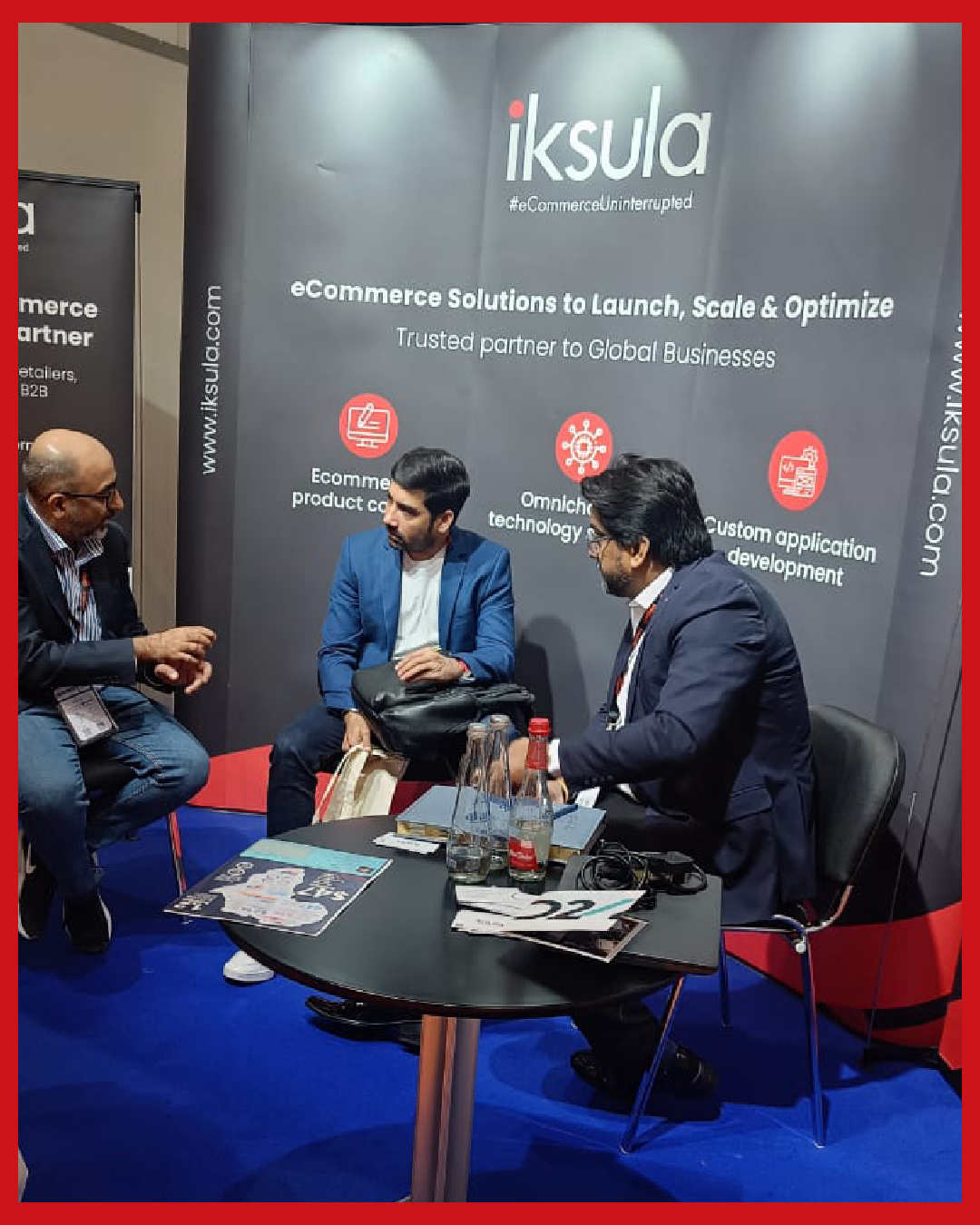The digital scene today is more dynamic than ever. So, businesses must adapt to any change rapidly to remain competitive. Monolithic architecture has been rigid and delays efforts to adapt to environmental changes. Transitioning to MACH architecture will be helpful here. MACH, an acronym for Microservices, API-first, Cloud-native, and Headless, is a modern architectural approach that provides organizations with means to build flexible, scalable, and future-proof digital experiences. This blog will give you an insight into MACH architecture and how it can work for you.
Defining the MACH Architecture
MACH architecture is a set of principles and technologies that guide the design and development of digital solutions.
Let’s break down the keywords that form the foundation of the MACH architecture:
- Microservices: Microservices are small, independently deployable services focusing on a specific business capability. Organizations can achieve modularity by breaking down an application into loosely coupled microservices, enabling faster development, easier maintenance, and scalability.
- API-first: The API-first approach involves designing applications with APIs as the primary interface. It allows for easy integration with third-party systems, promotes reusability, and enables developers to build new experiences by leveraging existing services.
- Cloud-native: Cloud-native refers to designing and building applications specifically for cloud environments. It leverages cloud services’ scalability, elasticity, and flexibility, enabling organizations to optimize resource usage, improve performance, and reduce infrastructure costs.
- Headless architecture decouples the front-end presentation layer from the back-end content management system (CMS). This separation empowers organizations to deliver content across multiple channels, such as websites, mobile apps, smart devices, and more while maintaining consistency and flexibility.
Critical Benefits of MACH Architecture
Implementing MACH architecture offers several advantages that drive business growth and success:
- Scalability: The modular nature of MACH architecture allows organizations to scale individual components independently. It ensures the system can handle increasing workloads without affecting the entire application, resulting in improved performance and a seamless user experience.
- Flexibility: MACH architecture enables organizations to select and integrate best-of-breed services. With the ability to choose and replace components as needed, businesses can adapt quickly to changing market trends and customer expectations.
- Agility: MACH architecture empowers organizations to respond rapidly to market demands and customer feedback. The decoupled nature of the architecture enables independent development and deployment of microservices, allowing teams to work in parallel, iterate quickly, and deliver new features faster.
- Faster Time-to-Market: By leveraging the MACH architecture, businesses can accelerate the development and delivery of digital experiences. Microservices and APIs enable parallel development, reusability of components, and faster integration with external systems, resulting in reduced time-to-market.
- Enhanced User Experience: With the ability to leverage specialized services and technologies, MACH architecture enables organizations to create personalized and immersive user experiences. The decoupled front end allows for consistent content delivery across various channels, ensuring seamless interactions with end users.
- Improved Performance: MACH architecture optimizes performance through scalable and cloud-native technologies. By distributing workloads across multiple microservices and leveraging the elasticity of the cloud, organizations can ensure that their applications perform well even under high user loads.
- Cost-Efficiency: MACH architecture helps organizations optimize infrastructure costs by leveraging cloud services. The ability to scale individual components and pay for resources as needed ensures cost-efficient resource allocation.
Strategies for MACH Architecture Implementation
Successfully adopting the MACH architecture requires careful planning and execution. Here are some strategies to consider:
1. Understand your needs: Evaluate your organization’s requirements, scalability goals, and technology landscape. Identify areas where the MACH architecture can benefit most and align your implementation strategy accordingly.
2. Transition gradually: Instead of a big-bang approach, consider transitioning to MACH architecture incrementally. Start by identifying low-risk projects or components that can migrate to a microservices-based system. This approach allows teams to gain hands-on experience and build expertise gradually.
3. Prioritize integration: MACH architecture heavily relies on APIs for communication between microservices and external systems. Pay close attention to API design, documentation, and versioning to ensure seamless integration and future extensibility.
4. Leverage MACH frameworks: Various platforms provide out-of-the-box capabilities and tools to accelerate development. Evaluate these options and choose the one that aligns with your organization’s needs and expertise.
5. Plan for event-driven architecture: Embrace the approach to facilitate loose coupling and real-time interactions between microservices. It enables a more responsive and scalable system architecture.
Consider serverless
6. computing: Leverage technologies to reduce infrastructure management overhead and improve scalability. Serverless platforms allow developers to focus on building business logic rather than provisioning and managing servers.
Conclusion
In conclusion, MACH architecture offers organizations a path towards building modern, scalable, and flexible digital experiences. By adopting microservices, an API-first approach, cloud-native technologies, and a headless architecture, businesses can achieve enhanced agility, faster time-to-market, and improved user experiences. Successful implementation of MACH architecture requires careful planning, a phased approach, and leveraging the right frameworks and tools. Embrace the MACH principles and start your journey towards a future-proof digital architecture today.






